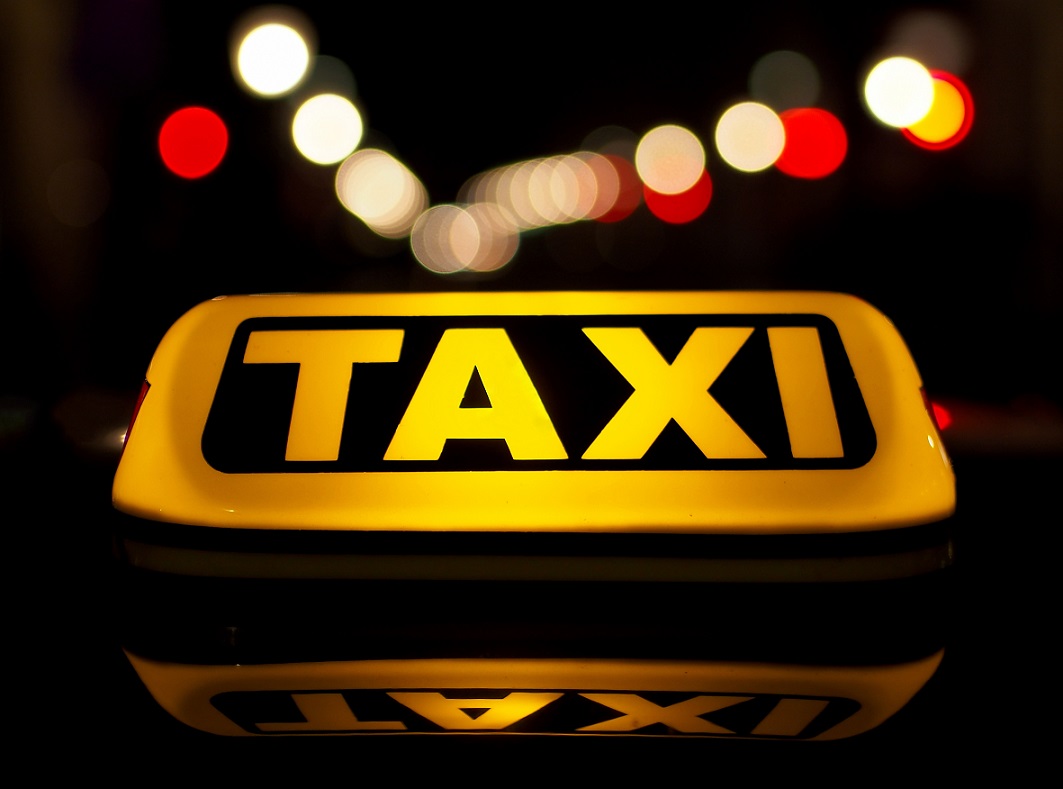This post is also available in:
 עברית (Hebrew)
עברית (Hebrew)
As world urban areas continue to grow, there is a limit to the space to build more and more roads. Air taxis could be one of the solutions to traffic congestion, connecting suburbs and cities, and ultimately flying within cities. Air taxis can be operated by a pilot or fly autonomously. They could cruise at 180 mph at altitudes of around 1,000 ft to 2,000 ft. But NASA has reported they can go at an altitude up to 5,000 ft.
The market for electric air taxis should continue to mature during this decade, soaring to $1.5 trillion globally by 2040, according to a Morgan Stanley Research study cited by cnbc.com.
Driving this trend is a confluence of technologies, including autonomous vehicles such as drones and self-driving cars, more efficient batteries and advanced manufacturing techniques. Start-ups and major brands are developing them, including Boeing, Hyundai, Airbus, Toyota and Uber.
Now, NASA is looking for technological solutions to address the problem of traffic congestion. The agency has awarded an interdisciplinary research team a four-year, $8 million award to develop, test and deploy air passenger taxis as a supplemental means of transportation.
The team led by North Carolina Agricultural and Technical State University (N. Carolina A&T) includes researchers from Purdue University and Georgia Tech University, as a well as industries such as Aurora Flight Sciences, Alaka’i Technologies, General Atomics Aeronautical Systems and Northrop Grumman.
Interested in learning more about air taxis and unmanned systems? Attend the AUS&R Unmanned Systems and Robotics Conference and Exhibition on September 6, 2020
The collaboration will address the following technical challenges in advanced air mobility:
- Safe Perception, Coordination, Planning, and Navigation – flexible and adaptive coordination and control algorithms for urban air mobility.
- Secured Autonomy – secure algorithms for future urban air mobility. Cyber-physical characteristics will address both conventional data security and physical security.
- Verification, Validation, Testing, Evaluation – verification and validation procedures to provide provable guarantees of correctness of the urban air mobility software and support certification of the developed technologies through testing and evaluation.
- System Integration – to integrate the developed projects through dependency analytics, integrated simulation and experimental flight tests through fast-learning cycles, according to bizjournal.com.
Attend the AUS&R Unmanned Systems and Robotics Conference and Exhibition on September 6, 2020


























